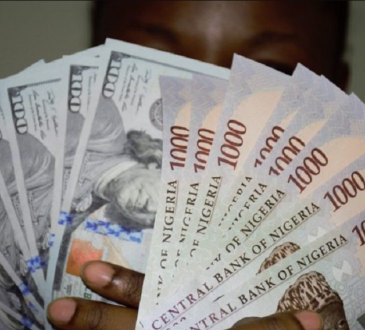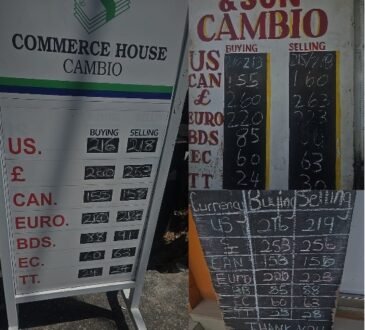I’ve had a lot of discussions on the rand lately. Most of them centre around taking as much out of the country as possible.
Looking at the chart below, it seems obvious why:
ADVERTISEMENT
CONTINUE READING BELOW
USD to rand exchange rate
I’d like to spend some time on this.
In 2000, the rand was R6.5 to the dollar. At the time of writing, it sits at R17.5.
- Over the past 23 years, the rand has depreciated on average by 4.75% per year.
- If you had taken R100 offshore in 2000 and converted it into USD, it would be worth R285 today, providing a 285% return.
Intuitively, it seems like a no-brainer to move money offshore. The rand weakens over time, so by transferring money abroad, you benefit from the weakening currency and increase the value of your rand holdings.
However, this is based on the idea of buying foreign currency (in this case, USD) and doing nothing else. In other words, buying USD and storing it under your mattress. I’ve heard some people like to keep their cash in their couches.
But this is not realistic. People store their money in a bank account that generates interest.
Let’s consider a different approach – buying the foreign currency and depositing it into an interest-bearing bank account. So, imagine you bought $100 in 2000, and then stored it in an interest-bearing USD account for 23 years. We then compare that to what your $100 converted to rand in 2000 would have become if it had been kept in a South African interest-bearing bank account over the same period.
This comparison seems more reasonable as it factors in local and offshore interest rates as well as the exchange rate (because who stores cash in a couch).
Fortunately, we have a chart that illustrates what would have happened had we done this:
Look at the yellow line (representing what $100 would have grown to if stored in a US bank) and the grey line (representing what $100 would have been if kept in rand in a South African bank account).
ADVERTISEMENT:
CONTINUE READING BELOW
If you aren’t surprised, might I suggest you look again.
- The $100 held in a US bank from 2000 for 23 years would now be worth $143.
- The $100 held in rand in a South African bank from 2000 would now be worth $181.
The rand has outperformed the dollar by 26%. And yes, this takes into account the weakening of the currency against the dollar.
And if you converted $100 to rand and kept it in your couch? It would now be worth just $34 (but seriously, who keeps money in their couch?).
So, how does this happen?
Simply put, the interest rate we received in an interest-bearing bank account in South Africa more than made up for the currency depreciation. Interest rates in South Africa have always been far higher than interest rates in the US.
This holds true even today. We can currently get about 9% in interest on a one-year fixed deposit in South Africa. In contrast, a USD account would yield only 3% or 4% in USD.
That’s a 6% difference. If the currency continues to weaken at a rate of 4.75% per annum, our outperformance for holding money in an interest-bearing account amounts to 1.25% per year.
I hope the above provides you with a fresh perspective on the currency.







